If you recognize that you need to learn about custom orthotics and are looking to fill the gaps, I wrote this for you.
If you found your way to this post because your new custom-made orthoses are hurting your feet, I also wrote this for you.
You are probably busy, and you have way too much content to read. For that reason, I created a list of Six Reasons to Avoid Custom-made Foot Orthotics.jump to the list
Since the original writing, I also added a video.
Do you have a friend or family member who doesn’t know custom orthotics increase compensation and fragility? If you do, please share this post with them.As you might imagine, not long after the original writing of this post, the experts who regularly sell custom foot orthoses were not happy with it.
After discussing my post in their online meeting place called Podiatry Arena, I have had many painful interactions with the practitioners who regularly sell custom orthotics.
Painful because none of the orthotics enthusiasts were willing to engage in a conversation that included the principles of human function or the science of biomechanics.Since writing this post in 2016, the common thread throughout my interactions with custom orthotics enthusiasts was their claim that their version of orthoses was superior to the rest.“Biomechanics is an exact science, it’s our powers of understanding the science that’s limited.”
— Tom Purvis, Physical Therapist and Owner of the Resistance Training Specialist Program
Then they would substantiate their claims with the time-tested and forever flawed years of experience argument.
Lol. So how do you justify driving abnormal motion at the subtalar joint while still driving abnormal motion at ankle and knee?
— Engaging Muscles (@rickmerriam) June 1, 2016
To be clear, I don’t have any experience fitting custom foot orthoses. And if you follow the science, I don’t need to have experience doing what equates to bringing the ground up to meet your arches.
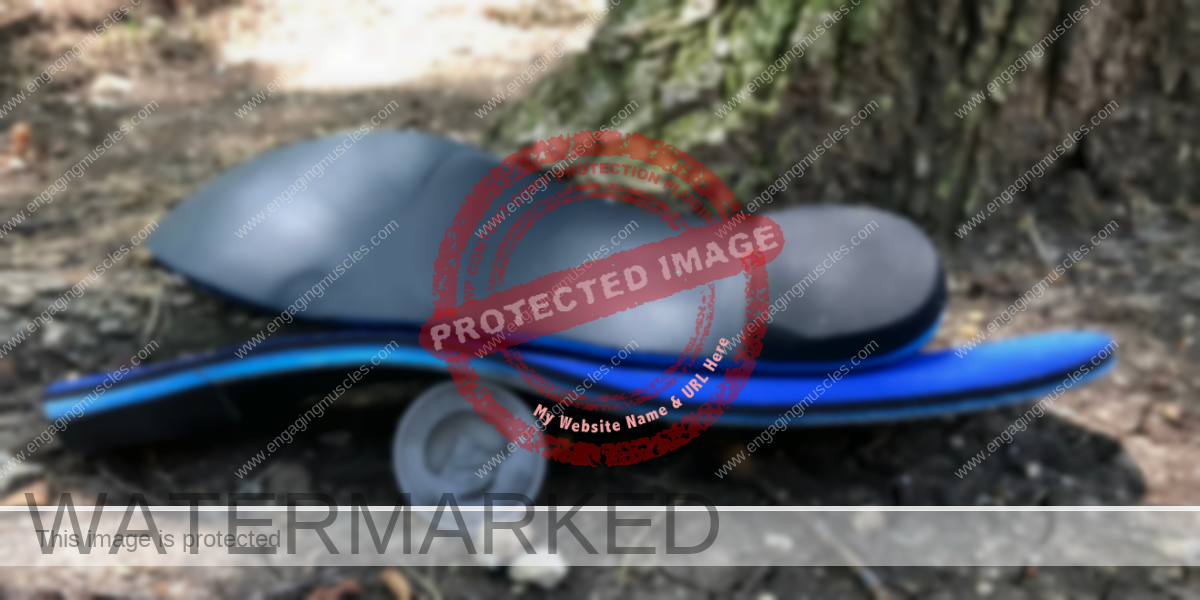
Before you bring the ground up to meet the soles of your feet, try walking around with pebbles in your shoes.
Like a pair of custom orthoses, those pebbles will alter how your feet move.To put what you have read into perspective, every time your foot contacts the ground, a custom orthosis forces your foot to go in the opposite direction of where it should go at that time. And the direction your foot should go at that time includes the motions that make it possible for your foot to initiate shock absorption.
If you are unfamiliar with the joint motions that allow your feet to initiate shock absorption, joints throughout your foot have to travel in different directions simultaneously.
The term pronation defines those motions.
Steven Sashen, the co-founder of Xero Shoes, and I discussed that and much more in episode 140 of The Movement Movement Podcast.
Is Pronation Bad?When custom orthotics enthusiasts pitch you on the supposed benefits of custom orthotics, they consistently (and conveniently) leave out an essential piece of the story.
They fail to mention that pronation of your joints is normal. Not only that, before closing the sale, they don’t tell you that pronation does not stop at your feet.
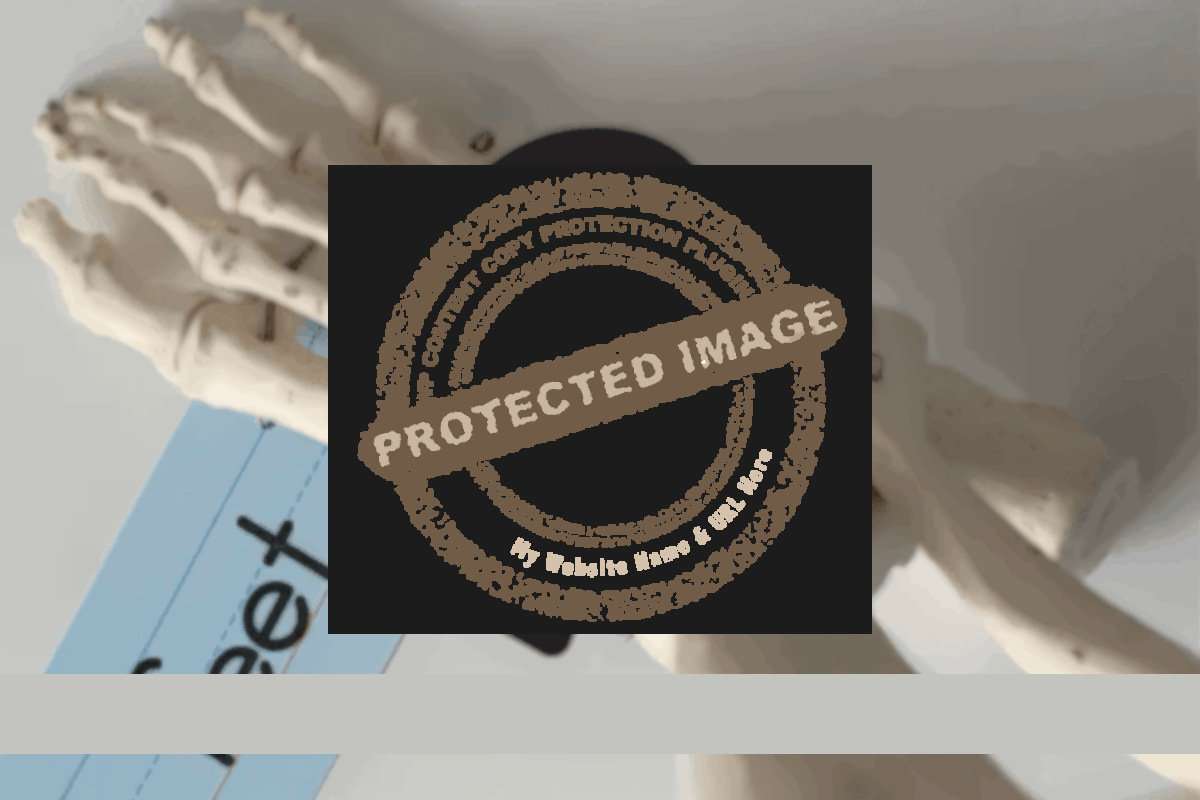
As for overpronation, you are functioning in an environment where gravity is constantly pulling. For that reason, you are better off pronating too far than having feet that cannot initiate shock absorption.
(Perspective)
For decades, people have been labeled as having flat feet (aka overpronation).
All those people who bought the story on custom orthotics unknowingly walked away with feet that could not initiate shock absorption.
See, without custom orthosis, your lower leg can follow your foot. Then your thigh can follow your lower leg. From there, your pelvis and spine follow what your thigh does.
All of those motions are also defined as pronation.
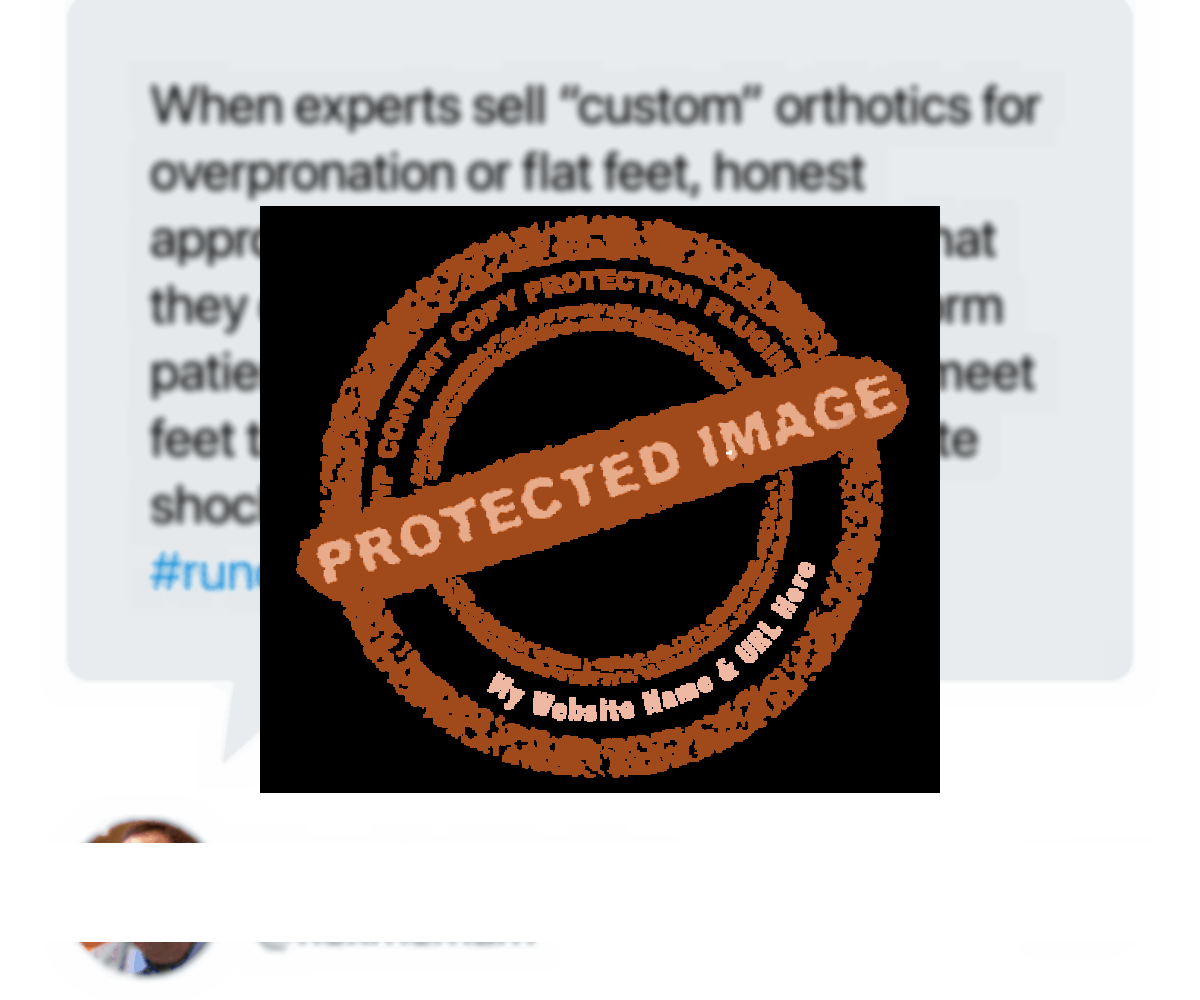
(Principles)
Bringing the ground up to meet your feet with custom orthoses forces your feet to adapt to what is underneath them.
Before you know it, the time spent with feet interacting with the ground in such an awkward and unnatural fashion ends up being destructive to more than your feet.A man much smarter than I am once described a “racket” as something that “is not as it seems to the majority of the people,” where only a small group of insiders know what’s going on and they operate for the benefit of a few and at the expense of basically everyone else.
— Ryan Holiday, author of Ego Is The Enemy and The Obstacle Is The Way (affiliate)
Custom foot orthotics have forced additional stress upon millions of knees, hips, and spines.
Unfortunately, running shoes in every category have also forced additional stress upon the joints above your base of support.Every major running shoe company has “Neutral” running shoes. And “Stability” running shoes. And last but not least, “Maximalist” and “Motion Control” running shoes.
With or without custom orthoses, running shoes in all those categories control your feet.
To be antifragile, you want your muscles to control your feet.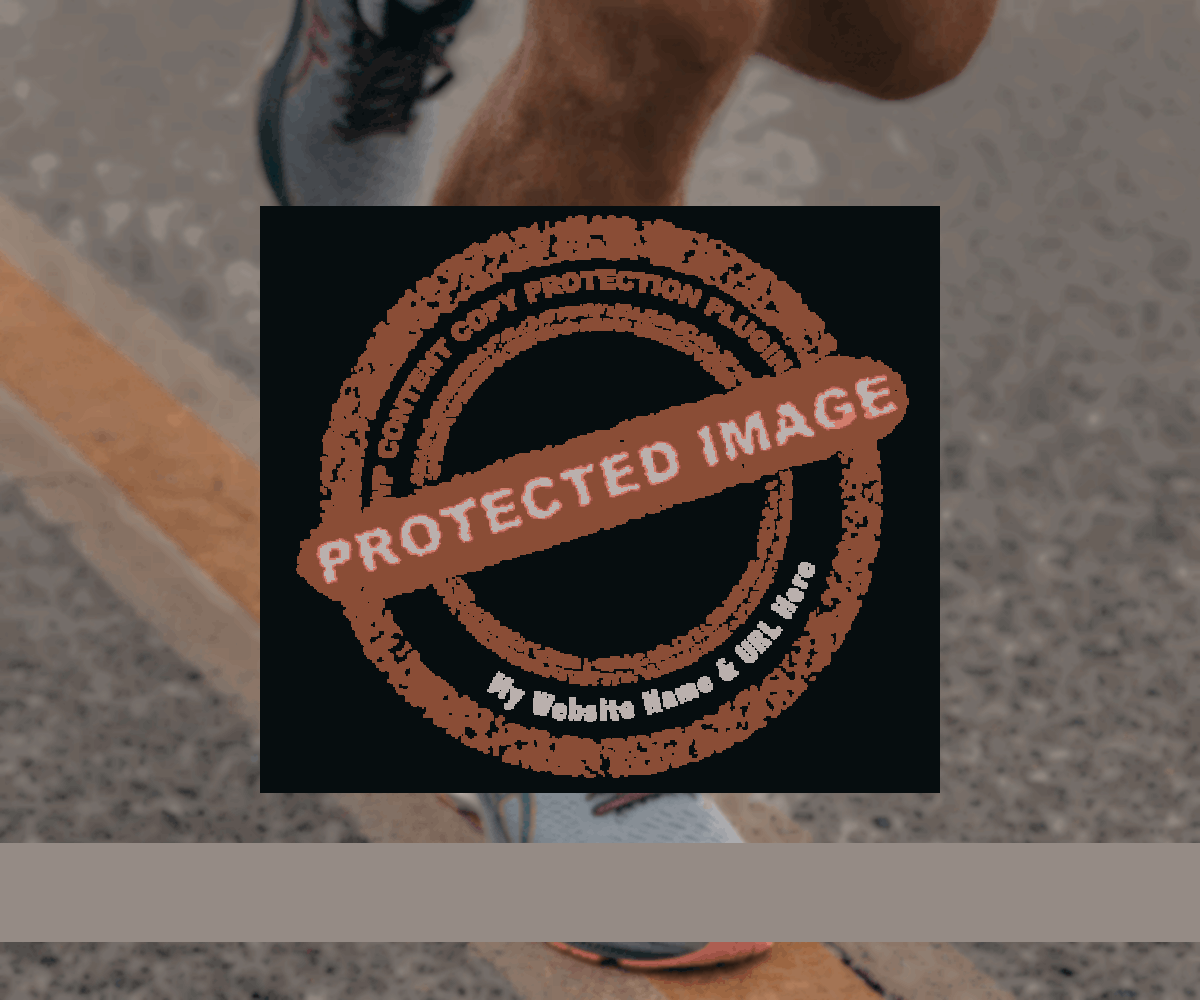
If you wore shoes with arch support before stacking custom orthotics on top of the footbed, your feet are not any stronger (hint, hint).
The claims that your feet need arch support from shoes or custom orthotics are based on pseudo-science.
The problem is that once a consumer has bought someone else’s story and believes that lie, persuading the consumer to switch is the same as persuading him [or her] to admit he [or she] was wrong. And people hate admitting that they’re wrong.
— Seth Godin, author of All Marketers Tell Stories and Linchpin (affiliate)
Meanwhile, billions of dollars are thrown at chasing neck and back pain. Of course, billions of dollars are also thrown at musculoskeletal conditions like piriformis syndrome, plantar fasciitis, and iliotibial band syndrome.
Reading this will save you years of fragility.Second-layer knowledge is what I bring to the table. Pulling from second-layer knowledge can be a life-changer when trying to understand what is right from wrong.
On Twitter, custom orthotics enthusiasts and a performance coach claimed I was biased.
I have a bias. So do you. Everyone has a bias.The difference between my bias and that of the orthotics enthusiasts is I’m in favor of what allows for increased stability and antifragility.
How can we say the motion is abnormal or negative if the pain improves?
— ericj076 (@ericj076) June 2, 2016
Eric’s tweet is a prime example of short-term thinking. It also shows signs of having a vested interest in maintaining the status quo.
For years, science has confirmed pain is an output of our brains. Science has also confirmed that our brains are plastic. This means that with the right inputs, neuroplasticity allows our brains to change at any age. (An example is coming up.)
Out of all the band-aids, custom orthotics and Cortisone injections (aka steroid injections) are the most destructive.
When all is said and done, orthoses enthusiasts chase pain. Then, they rely on your brain to find a different workaround (that doesn’t include pain). Meanwhile, without knowing it, you are not functioning better than before the pain or injury.
Have you asked yourself, Why have I not been able to return to activities I enjoyed before the injury? Suppose you have not been able to return to activities you used to enjoy and would like to return to doing them. In that case, a great place to start is to acknowledge that addressing symptoms and increasing compensation do not have you functioning better than you were before the pain or injury.
Who you trust your brain to matters. (emphasis added)
Since the first publication of this post in 2016, I have received plenty of feedback from people who found the original writing of this article to be eye-opening.

Rather than address symptoms with Cortisone injections, calf stretches, kinesiology tape, and custom orthoses, I choose to get to the root cause.
Who would want to avoid getting to the root cause?As it turns out, increasing stability via your muscular system allows for more mobility, flexibility, strength, and, most importantly—antifragility.
All it takes to pull the weeds out by their roots is a hands-on massage technique and exercises that include an external force. When applied correctly, both will increase stability in positions where you have instability.
To give you an idea of how absurd the comments have been, here’s an example posted in the orthotics enthusiasts’ online forum, “Who cares if I have a vested interest in foot orthotics or not? What has that got to do with it?; what he is claiming is contradicted by the actual scientific evidence –> that is what matters and needs to be addressed.” — Craig Payne, Running Research Junkie
According to Craig, the self-serving bias has nothing to do with him cherry-picking “evidence” to confirm his bias.
Have you seen articles with titles like The 10 Best Shoes Approved By Podiatrists?
Year after year, the media puts out articles with similar titles in the spring. Of course, the recommended shoes do not allow your muscles to control the shoes.
To make matters worse, you have retired professional athletes (who know nothing about how your chain reacts to the ground) promoting athletic shoes that at least one Podiatrist approved. (?)
Ethics is a separate and important issue, but it isn’t predictive in the context of capitalism. If something is legal and profitable, it will happen a lot.
–– Scott Adams, Creator of Dilbert and author of Loserthink (affiliate)
One professional athlete knows which of the well-known over-the-counter sellers of orthotic insoles is leading the way.
Although misinformed, he’s cashing in on all the nonsense that makes an athlete’s feet weak in the first place.
There’s at least one article about pandemic feet. It was published in the spring of 2022. And it’s loaded with bad science.
Early in the article, there’s mention of having no hard data on the increase in foot pain during the pandemic.
Then the executive director of a bunch of professionals who profit from the sales of custom orthotics had this to say about the prevalence of foot pain during the pandemic, “…it’s been a clear trend for many of his 12,000 members.”
Although it was not included in the pandemic foot article for a reason, there is data to show a significant increase in the sales of store-bought arch supports during the pandemic (hint, hint). So it’s not so much about a substantial increase in foot pain during the pandemic.
The real trend is that 12,000 sellers of custom orthoses have felt the pain of being passed over for off-the-shelf insoles found in retail stores.
Referring to custom orthotics in a 2011 New York Times article entitled, Close Look at Orthotics Raises a Welter of Doubts, “The vast majority of our patients are happier having them than not.”
What does a statement like that mean?It reminds me of the story on the packaging of Flinstones™ multivitamins for kids. If you aren’t familiar with the story, the packaging suggests that Fred, Barney, and the rest of the gang contain vitamins that make them a “Pediatricians #1 choice”.
Is it 80% of Pediatricians who recommend Flintstones™ multivitamins?
Or is it 20% of Pediatricians?
Or is it a single Pediatrician who recommends Flintstones™ multivitamins? 🤔
Six Reasons to Avoid Custom-made Foot Orthotics
1 / When you add artificial support to any part of your body, you are addressing symptoms. Custom orthotics drive your foot away from the pain in a way that you no longer experience pain.Considering how many steps you will take in your lifetime, no longer feeling pain is not the only thing to consider.
2 / If you are not doing exercises for your feet, your base of support is weak before custom orthotics. Driving your foot away from the pain only goes so far. When you have pain down the road, what will you do then?
3 / When you artificially support your feet with custom orthotics, you increase compensation.
Up until you felt pain, you traveled many miles with your feet.
You have approximately one hundred muscles below your knees. And throughout your whole body, you have well over five hundred muscles that can be addressed in a way that allows for increased stability.
The expert who wants to sell their version of custom foot orthotics needs to know which muscles are performing their role to the best of their ability.
And even if they did, they wouldn’t have the second-layer knowledge or overall skill stack to do anything about it.(Priorities)
Since I first wrote this post, week after week, I have had countless people message me about no longer being able to walk indoors without support for their feet. Without knowing it, they bought into first-layer knowledge.

2 / Custom orthotics are not as customized as you may have been led to believe.
How can custom-made foot orthotics that are said to be good for you end up being too painful to use?
As you continue reading, you will understand why people toss their pricey supportive insoles in the closet.When your health is not better for what is underfoot, giving up is your best bet. Think about how much compensation you avoided.
A few years ago, one of my students shared her experience with my kinesiology class. She told us that she bought custom orthotics one time. And when she turned them over, a sticker read, “may cause fatigue.” Then she shared that for a short time, they felt extremely awkward. Like so many people before her, they landed in her closet.
If you have experienced pain during the “adjusting phase,” the practitioner will tweak your orthoses. Although the tweaking of your orthoses drives your foot differently, albeit unnatural, there is a chance your brain will find a different workaround.

Without knowing what is occurring, your brain can perceive stretching and foam rolling as stressors. And more often than not, the brain does recognize stretching and foam rolling as stressors.
As for how your brain perceives orthotics, they are always a stressor. And yet, it’s entirely possible for them to feel like they “help.”
(Perception)
A recent study showed that over-the-counter inserts are as effective for plantar fasciitis as customized orthotic insoles.
And yet, you can find an expert who will recommend orthotics for a short period. Most experts with this thought process will follow up with, “Over time, you’ll be able to gradually move away from having to rely on them.”So the story goes…
If you buy the story, the damage will be done before you know it.
Then again, plenty of universities teach from a place where custom orthotics are a valid option. So it should be no surprise that experts continue to propagate an antiquated thought process that comes straight out of first-layer knowledge.
Foot orthotics, when prescribed correctly, guide the foot thru pronation into supination during the stance phase. Your idea is crap
— Bruce Williams (@Docorange1) June 1, 2016
Bruce’s tweet is an example of first-layer knowledge. The truth is most running shoes are overly supportive and guide your foot without custom orthotics (hint, hint).
Nonetheless, whether you are running or walking on planet Earth, the stance phase of your gait cycle occurs right after your entire foot makes contact with the ground. Therefore, when custom orthotics are underfoot, your foot has nowhere to go except out (supination).
As for Bruce’s notion that foot orthotics can be “prescribed correctly,” that is not possible.
And whether you have pain or you don’t, your feet are weaker for all of it.
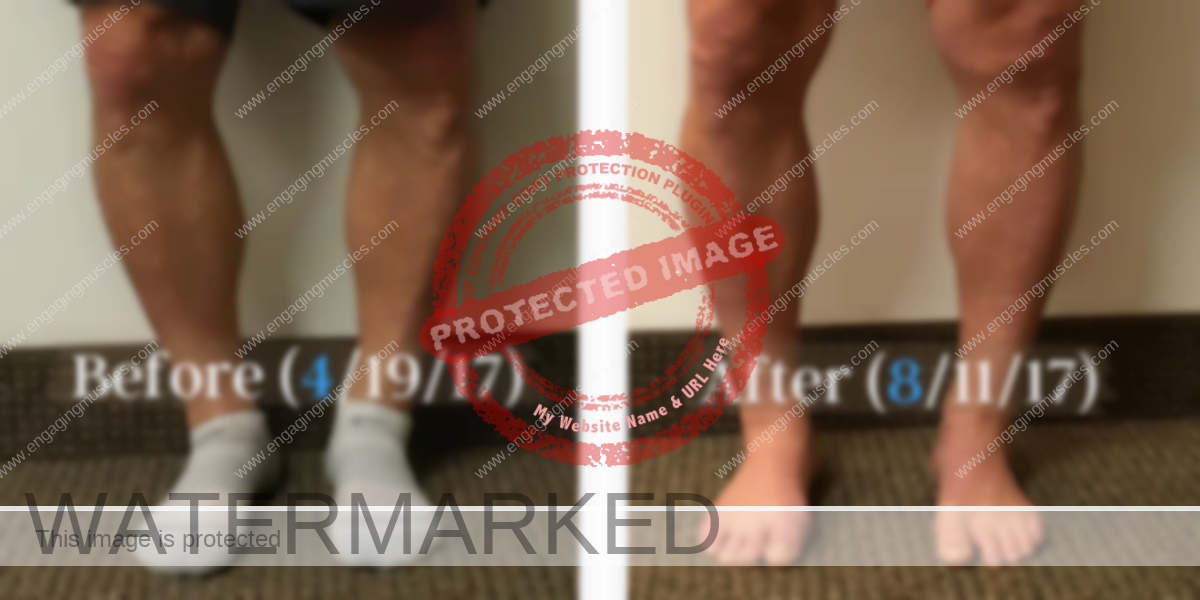
3 / Custom orthotics force compensation and add undue stress to your muscles, ligaments, and joints.
Because he had back pain, the chiropractor thought the foot orthotics would align his feet. And the alignment of his feet would help to keep the rest of his body in alignment.
Orthotics enthusiasts need to think again.Twenty-five percent of the muscles in your entire body are located throughout your feet. Circling back to how pronation is defined, the last thing you want is for all of those muscles throughout your feet to not be able to take advantage of the different directions of motion that occur simultaneously.
To say the same thing differently, the last thing you want is for the muscles located throughout your feet to not be able to control the simultaneous motion that naturally occurs when the ground punches your feet from below.
The first image is proof that his right leg could not be more misaligned.
Unfortunately, the decision to choose “alignment” over motion came from a combination of first-layer knowledge and a cognitive bias.
[Sidebar: when a person has bowed legs without custom orthoses underneath their feet, a trained professional should recognize the patient has a lower extremity that is starting from a position of supination (a.k.a., turned out). By adding custom orthotics to a lower extremity that is already supinating, there’s only one direction for this man’s lower extremity to move, which is to turn out further.
It took twelve sessions of hands-on therapy to achieve what’s shown in the second image.]
Not knowing what he didn’t know, he used those pebbles for ten years. The first image was taken on the day he stopped wearing custom orthotics. The second image was made possible when his brain recognized that muscles were capable of providing stability.
Science has shown that our brains are, in fact, plastic. And with the right inputs, our brains can undergo significant change at any age. That’s right, even after nine back surgeries and using custom orthotics for over ten years, our brains can recognize stability.
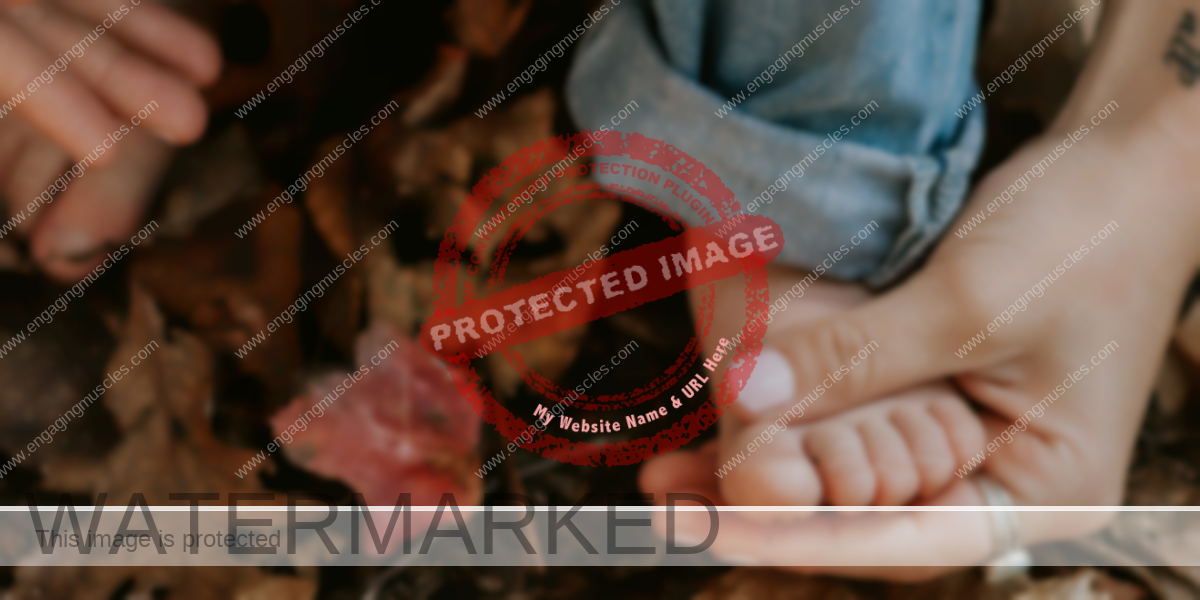
Most practitioners spend their days addressing symptoms. Because of that, the reality is you are compensating for every injury you have ever had (hint, hint).
For example, if you sprained your ankle at some point, it’s doubtful you worked with a practitioner with second-layer knowledge. Of course, it’s possible you felt better and stronger. Nonetheless, in most cases, the experts do not think about restoring the function of your muscles prior to performing the one-size-fits-all exercises and stretches. And yet, you were released from rehab.
Custom orthotics stack compensation upon compensation.
To get more second-layer knowledge as it relates to running shoes, listen to my interview with Jenn Schwartz, the host of Think Fit. Be Fit. Podcast.Are you a pronator? You could be an overpronator. Or maybe, you are a supinator or underpronator?
When you don’t know what you don’t know, it is extremely difficult to recognize the pseudoscience that goes along with overly supportive running shoes and custom orthotics. Again, pronation is normal. As it turns out, supination is also normal. (Pun definitely intended.)

As for the guy who is trailing behind, his foot is also overpronating. The difference is his foot is adjusting to the angle of the ground. And that is what the human feet are designed to do. For that to happen, your feet have to control the shoe (not the other way around). ]
When it comes to understanding what your body is taking on with custom orthotics, it’s helpful to understand the complexity of pronation and supination.
There is a shorter explanation. The short version is pronation involves motions that allow your feet to go with gravity.
For example, if you actively flatten your arch, your foot is going with gravity. Now, imagine what that would look like when your feet collide with the ground on every step.
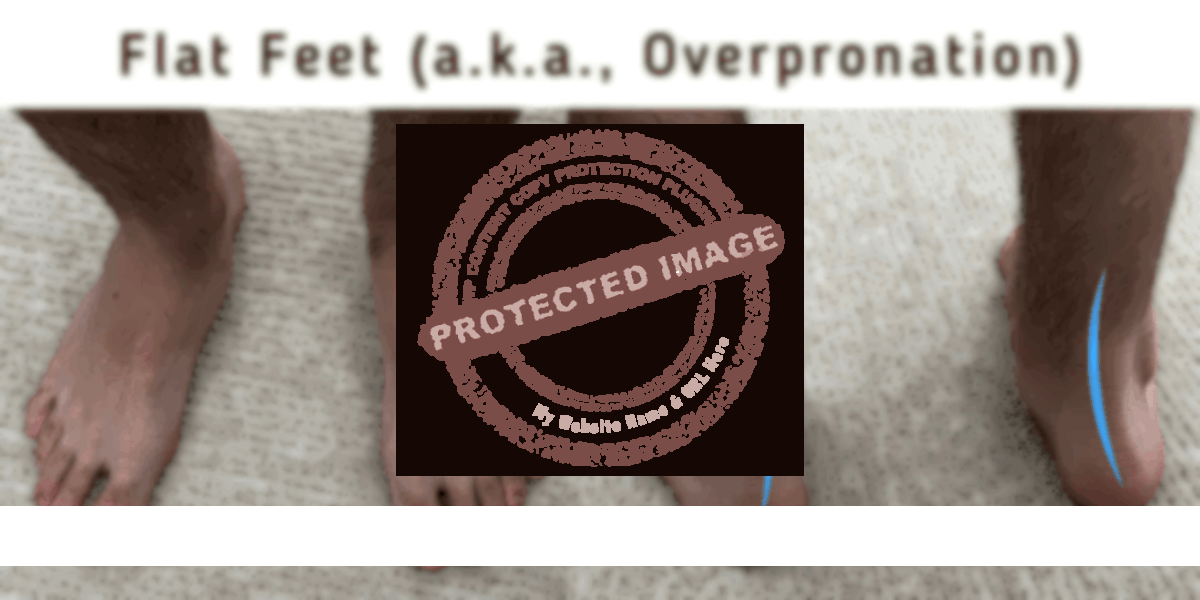
When your arch is right up against an orthosis, how much space does your foot have to travel then?
Answer: Your feet have nowhere to go but out. Supination is the term used to describe what is occurring when your feet roll out. Supinated feet are going against gravity. Like pronation, supination involves three directions of motion that occur simultaneously.
When you use orthotics, your feet end up going against gravity. In other words, your feet supinate at a time when they should be initiating shock and going with gravity. All because the orthoses enthusiast’s thought process is to drive your feet away from the pain.
The truth is you are better off not making it through the “break-in” period.

Now, let’s pretend you have some air space between your arches and the ground. Because orthotics enthusiasts sell what they sell, they choose to bring the ground up to meet your arches. This, without knowing what any of the hundred muscles below your knees are capable of providing.
How much room will your feet have to travel then?
Answer: Your feet have nowhere to go but out.
Now, let’s pretend your feet are overpronating. But you only experience pain in one foot.
Of course, it’s customary to sell custom foot orthotics in pairs.
So that begs the question, how far does your foot with no pain have to travel?
Answer: The foot that was not painful before custom orthotics has nowhere to go but out.
What You Don’t Know About Custom Foot Orthotics CAN Hurt You
[presto_player id=17261]Before recommending custom orthotics, practitioners regularly recommend the same old calf stretches.
Coming straight out of surface-layer knowledge, those same calf stretches have been shown to reduce the strength of your posterior calf muscles (a.k.a., your plantar flexors).
Stretching your calf muscles makes your feet less responsive to the ground. So no matter how therapeutic stretching feels at the time, your posterior calf muscles are weaker for having done it.
Whether you realize it or you don’t, calf stretches also put more stress on your plantar fascia.

Calf stretches encourage more sales of custom orthotics.
Most practitioners are ignoring muscles. Given enough time and frustration, you can feel like you have tried all there is to try.
The truth is plantar fasciitis is less about pronation and overpronation.
Instead, plantar fasciitis comes down to the muscles’ inability to overcome gravity at the right time, i.e., supination.
Stretching, Cortisone injections (aka., steroid injections), and custom orthotics all have one thing in common—they increase fragility.
Whereas when your trunk and spinal muscles’ ability to contract is on point, your weight will be distributed differently across your feet. In a good way! So without touching your feet, there will be a noticeable improvement in how your feet feel.

And if they still have lingering pain or muscle tightness, I can address muscles throughout their lower leg and foot.
4 / Pain science tells us pain is an output of our brains. So when you are dealing with plantar fasciitis or orthopedic conditions not requiring surgery, where you feel the pain is not a green light to address the local area.
[su spacer]The Loudest Voice In The Orthoses Enthusiasts Forum Had This to Say About My Article on Custom Orthotics
1 / “He has no evidence to support his claims (if you are going to make such claims, then the onus is on you to come up with the evidence)”
If you read the six reasons to avoid custom foot orthoses, you have all the evidence you need.
2 / “The actual evidence contradicts the claims (which he obviously has not even read!; yet still writes on the topic!”If you don’t sell custom orthotics, the first reason on the list is enough.
3 / “He just makes stuff up and wishes it was true (wishful thinking fallacy)”“For every action, there is an equal and opposite reaction.” – Sir Isaac Newton
Unfortunately, critical thinking is not encouraged at any level of education. Not only that, it’s human nature to keep one’s best interests first.
For those reasons, you are better off not putting the practitioner who regularly sells custom orthoses on a pedestal.
Instead, recognize that the practitioner who wants to sell you custom orthoses is human too.
Can’t get to Dallas? Get details on how you can work with me from home.
Thanks for taking the time to read this post! If you enjoyed this post, please subscribe to Engaging Muscles. You can also like Engaging Muscles on Facebook, subscribe to my YouTube Channel, or feel free to connect with me on Twitter @rickmerriam.
Some of the links I have shared with you are affiliate links. If you make a purchase using one of these links, I will receive a commission. The commission doesn’t cost you any more than what you would pay for these items on Amazon (as an example). As an Amazon Associate, I earn from qualifying purchases. When you use any one of these paid links, you are supporting the Engaging Muscles blog. That’s also the case with the Engaging Muscles podcast. This helps me to keep putting out valuable content.
- Author Bio
- Latest Posts

I have held a license to practice massage therapy for over 29 years. Early in my career, I was a nationally certified personal trainer for 18 years. During that time, I completed thousands of one-on-one private training sessions. I went on to teach biomechanics to personal trainers, group exercise instructors, and physical therapists throughout New England.
I worked as a sports massage therapist at ESPN.
Over the last few years, I have been quoted in Runner’s World UK, Massage Therapy & Bodywork, Massage Magazine, IDEA Fitness Journal, Massage & Fitness Magazine, and The Guardian Liberty Voice. I have also served as an applied biomechanics consultant for the fitness staff at Canyon Ranch, The Greenbrier, and ESPN.
From 2009 to 2018, I immensely enjoyed teaching applied anatomy & kinesiology at Parker University.
I offer the best deep tissue and sports massage at Engaging Muscles Massage in Dallas, Texas.
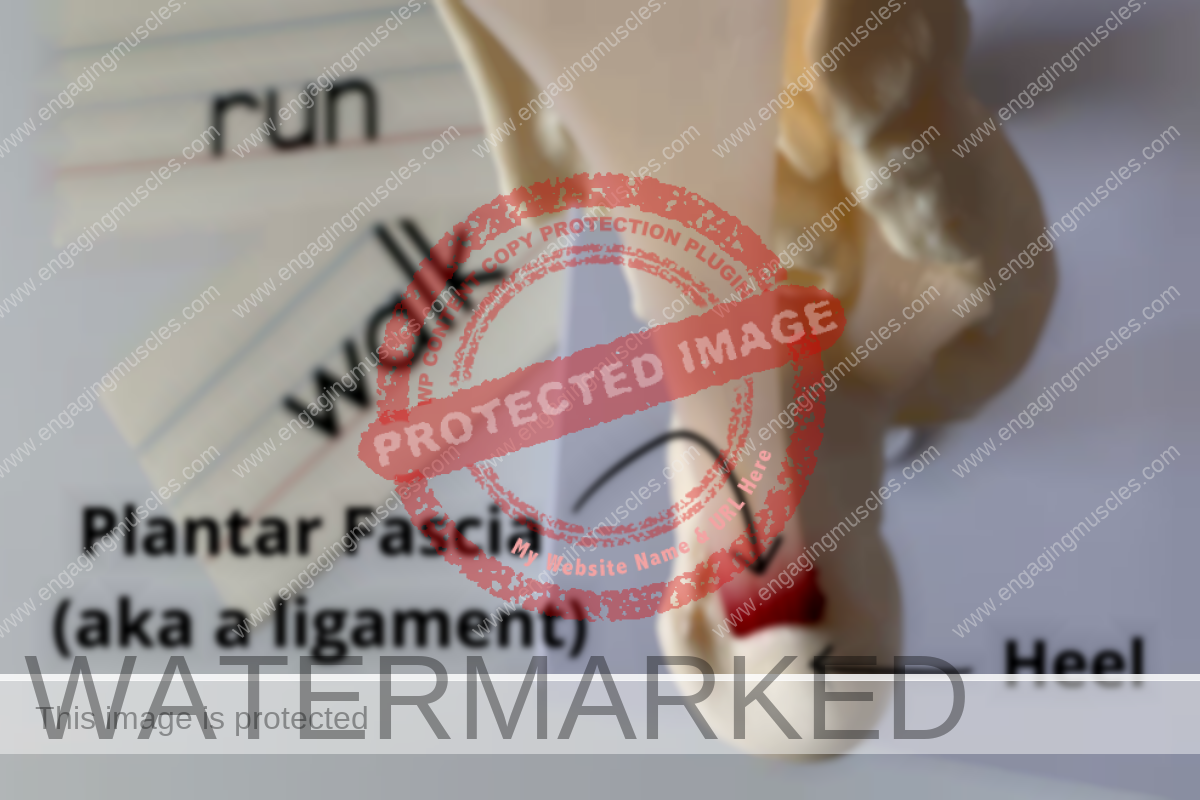
Comments are closed.